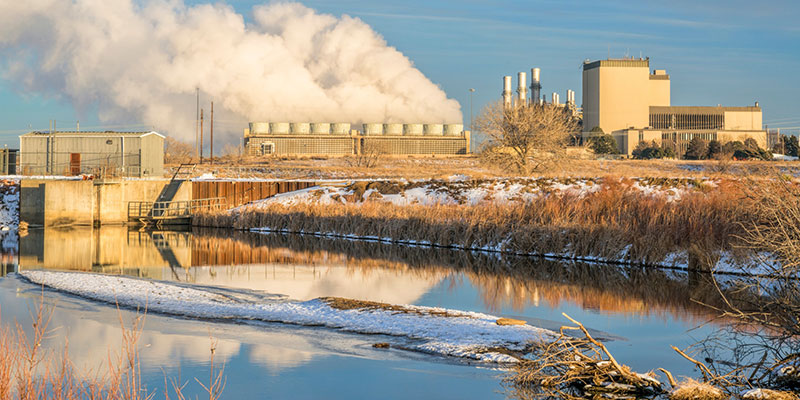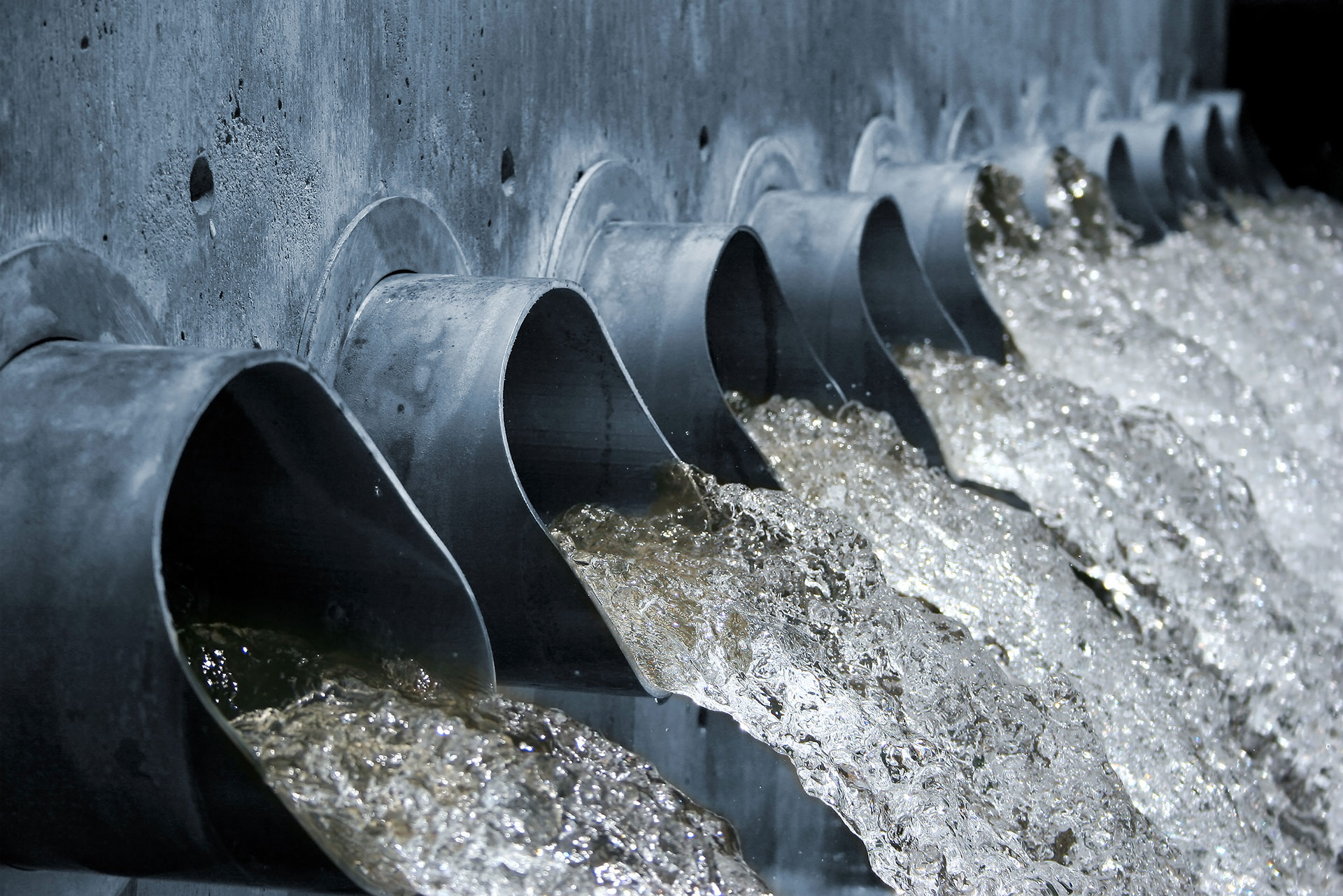Industrial Waste Water Treatment-- Tailored Solutions for Effective Wastewater Treatment
Wiki Article
Advancements and Breakthroughs in Hazardous Waste Water Treatment Technologies
The landscape of industrial wastewater therapy is undertaking a transformative shift, driven by developments that boost both performance and sustainability. Arising innovations, such as membrane bioreactors and microbial fuel cells, are redefining contaminant elimination procedures while adding to power generation. Resource healing approaches are acquiring grip, aligning with circular economy concepts. As governing standards develop, the assimilation of AI and maker knowing right into wastewater management systems guarantees to simplify operations and make sure conformity. The complete effects of these advancements raise vital concerns concerning their scalability and lasting influence on sector practices.Summary of Waste Water Treatment Technologies
Wastewater treatment modern technologies incorporate a variety of approaches created to eliminate pollutants from industrial effluents before their release right into the atmosphere. These innovations are crucial for maintaining eco-friendly equilibrium and making sure compliance with environmental laws. The main categories of wastewater therapy consist of physical, chemical, and biological approaches, each offering unique purposes based upon the nature of the contaminants existing.

Organic treatment techniques utilize microbes to deteriorate raw material, making them specifically effective for organic-rich effluents. Methods like triggered sludge and biofilm activators harness the all-natural degradation capabilities of germs, causing substantial decreases in biochemical oxygen demand (BOD)
Advanced Filtering Methods
Advanced filtering strategies stand for a critical evolution in the realm of industrial wastewater treatment, improving the effectiveness of impurity elimination processes. Industrial Waste Water Treatment. These techniques encompass a variety of innovations, consisting of microfiltration, ultrafiltration, nanofiltration, and reverse osmosis, which offer sequential barriers for different fragment dimensions and chemical frameworksMicrofiltration and ultrafiltration make use of membrane layer systems to get rid of put on hold solids, germs, and larger organic molecules, enhancing the high quality of effluent before further treatment. Nanofiltration bridges the void in between ultrafiltration and turn around osmosis, successfully eliminating organic substances and divalent ions, hence minimizing the tons on downstream processes.
Reverse osmosis offers the highest degree of filtration by enabling only water and tiny particles to go through its semi-permeable membranes, making it ideal for redeeming high-grade water from commercial effluents. Recent advancements in membrane layer innovation, including the growth of even more fouling-resistant and durable products, have significantly boosted operational efficiency and lowered expenses.
Incorporating these innovative filtration strategies not only boosts the general treatment procedure but additionally contributes to sustainability initiatives by enabling water reuse and source healing in commercial settings. (Industrial Waste Water Treatment)
Organic Treatment Technologies

In addition, the growth of engineered biological systems, such as membrane layer bioreactors (MBRs), integrates biological therapy with advanced membrane layer filtering. This integration enables higher effluent quality and lowered footprint, making it suitable for space-constrained commercial facilities. Technologies in genetically engineered microbes have additionally emerged, boosting the biodegradation of certain contaminants, such as drugs and heavy metals, that are commonly challenging to get rid of.
my response Furthermore, the execution of bioaugmentation techniques, where beneficial microorganisms are presented to improve the existing organic treatment procedures, has actually revealed promising cause boosting treatment efficiency. These innovations collectively indicate a trend in the direction of even more efficient and sustainable organic therapy approaches that can adjust to the evolving complexities of commercial wastewater streams. As sectors continue to prioritize ecological conformity, these biological developments will certainly play a critical role in wastewater administration.

Source Recovery Approaches
In commercial settings, the integration of resource healing techniques has actually ended up being significantly crucial for enhancing sustainability and decreasing waste. These methods concentrate on drawing out useful products and power from wastewater streams, thus changing prospective contaminants into multiple-use sources.One prominent approach is nutrition recuperation, where nitrogen and phosphorus, typically existing in excess in wastewater, are captured and transformed into fertilizers. This not just minimizes environmental effects but likewise provides a circular economic situation service for farming applications. Additionally, innovations such as anaerobic food digestion allow for the conversion of natural waste right into biogas, a sustainable power resource that can offset fossil gas usage in industrial operations.
Moreover, progressed filtration and membrane layer modern technologies help with the healing of commercial byproducts such as metals and salts. These recuperated products can be rehabilitated into production processes, minimizing the demand for virgin resources.
Future Trends in Waste Water Administration
As sectors significantly prioritize sustainability, the future of wastewater management is set to go through considerable transformations. Technological improvements, such as fabricated knowledge and machine learning, will enable much more effective tracking and administration of wastewater systems. These innovations can anticipate upkeep requirements, enhance treatment processes, and improve decision-making, eventually decreasing operational costs and environmental impact.Moreover, the integration of round economic situation concepts will certainly play a vital function in wastewater administration. Industries are expected to shift in the direction of systems that not just deal with wastewater however also recover valuable sources, such as nutrients, water, and power. This shift will decrease waste and advertise the reuse of materials, aligning with global sustainability objectives.
Emerging treatment strategies, such as membrane layer bioreactors and advanced oxidation processes, will certainly additionally enhance the effectiveness of wastewater therapy, enabling higher top quality effluents appropriate for reuse. Additionally, governing structures are likely to advance, highlighting stricter criteria for wastewater discharge and discover this info here encouraging industries to take on ingenious therapy options.
Conclusion
In verdict, the evolution of industrial wastewater treatment modern technologies shows a significant shift in the direction of boosted efficiency and sustainability (Industrial Waste Water Treatment). Developments in sophisticated purification strategies, organic treatments, and resource recovery techniques highlight the market's dedication to ecological stewardship.The landscape of commercial wastewater therapy is undergoing a transformative shift, driven by developments that improve both effectiveness and sustainability.Wastewater treatment innovations include an array of approaches made to get rid of impurities from commercial effluents before their release into the atmosphere.Utilizing the power of organic processes has led to considerable innovations in the treatment of industrial wastewater.Additionally, the execution of bioaugmentation methods, where helpful microorganisms are introduced to boost the existing organic treatment processes, has shown promising results in improving therapy efficiency. These advancements collectively represent a trend towards even more efficient and sustainable organic treatment approaches that can adapt to the advancing intricacies of industrial wastewater streams.
Report this wiki page